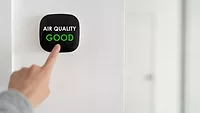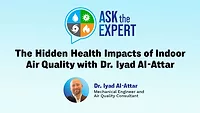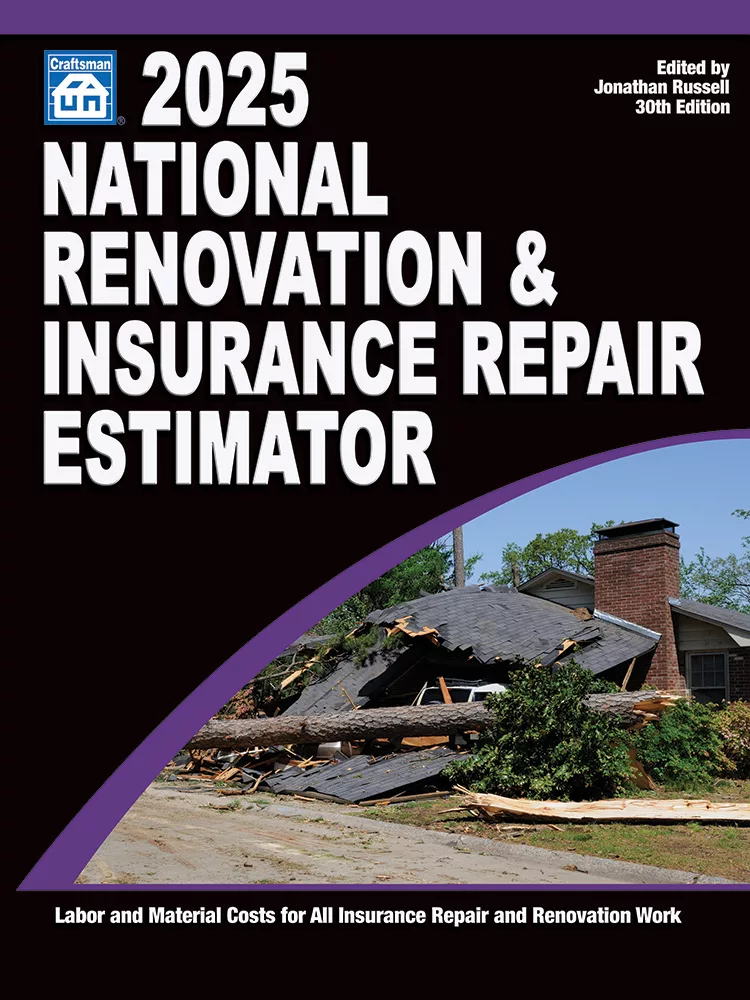Optimal Indoor Air Quality in Controlled Environments

Credit: Keeproll / E+ via Getty Images
Our customer’s health and wellness start with their indoor air quality (IAQ). Especially in environments where contamination is an issue. We dive into a few key and common points for controlled environments and how they can influence indoor air quality, and not for the better if they are not handled.
Understanding the Controlled Environment
What are controlled environments? They are spaces or areas where specifics such as temperature, humidity and particulate levels are regulated to minimize contamination. These environments are essential in industries like ours, where even a minor contamination can have a significant impact on someone’s health.
Identifying Sources of Contamination
Contamination can originate from various sources, including but not limited to:
- Building Materials: Certain materials used in construction can release volatile organic compounds (VOCs) and other pollutants.
- HVAC Systems: Heating, ventilation and air conditioning systems can house and distribute contaminants if not properly maintained.
- Water Damage and Mold: Catastrophes such as floods, hurricanes and even leaks can lead to water damage, which can create an environment for mold growth, which can release spores and mycotoxins into the air.
The Impact on Indoor Air Quality
The presence of contaminants in controlled environments can significantly impact indoor air quality, which can lead to health issues likes respiratory problems, allergies, infections and in some serious cases epilepsy or additional extreme health issues.
- Increased Particulate Matter: Dust and other particulates can accumulate, affecting air quality which can pose health risks.
- Chemical Pollutants: VOCs and other chemicals can lead to poor IAQ, causing symptoms like headaches, dizziness and irritation of the eyes, nose and throat.
- Biological Contaminants: Mold, bacteria and viruses can thrive in poorly controlled environments, leading to serious health concerns.
Strategies for Improving Indoor Air Quality
To mitigate these issues, here are a few strategies:
- Regular Maintenance: Making sure your customer’s HVAC systems are regularly cleaned and maintained to prevent buildup and spread of contaminants.
- Use of Air Purifiers: Implementing air purifiers with HEPA filters to improve air quality.
- Water Damage and Mold: Training and educating your staff to address water damage restoration and mold remediation efficiently and effectively.
Maintaining a controlled environment is essential to your customer’s indoor air quality and making sure it is the best it can be. Identifying and eliminating the sources and implementing effective strategies, we can protect the health and well-being of our customers.
Looking for a reprint of this article?
From high-res PDFs to custom plaques, order your copy today!








